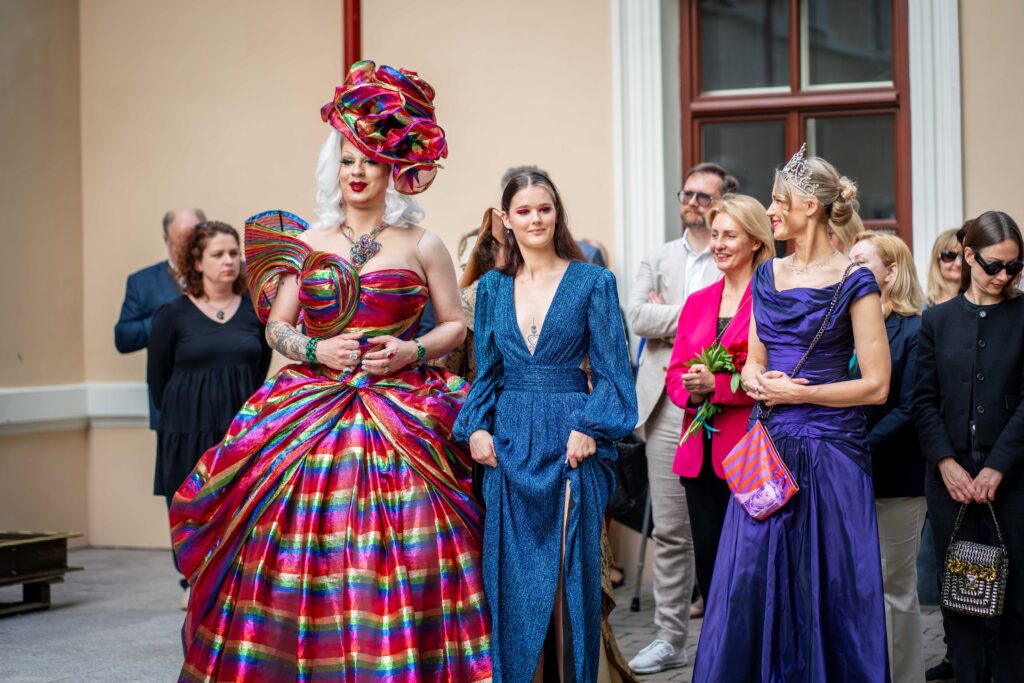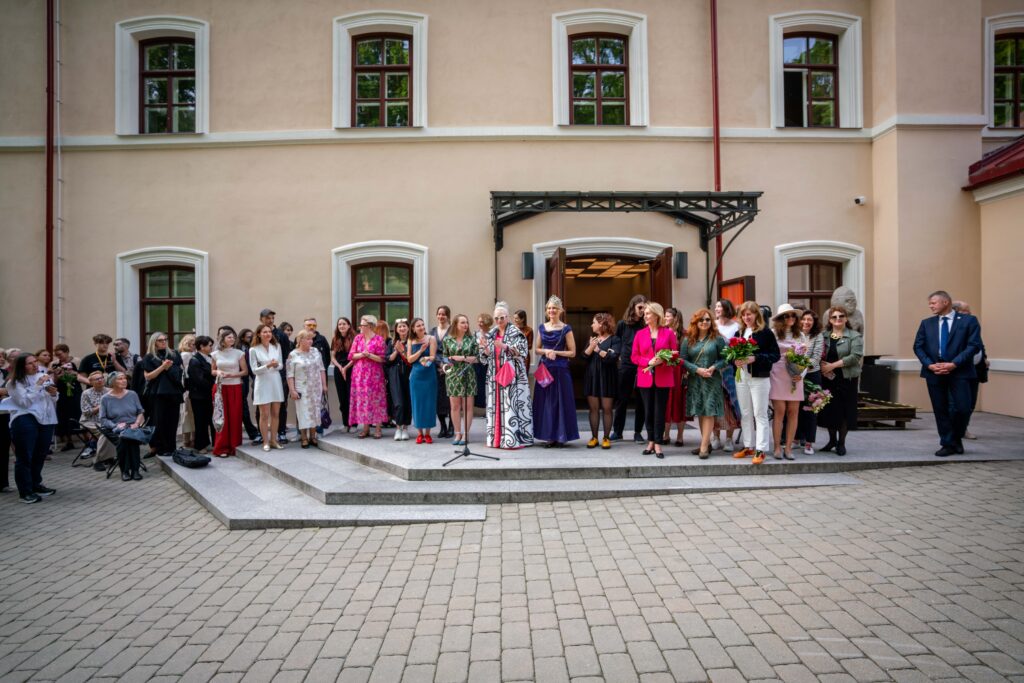On 4 June, the international exhibition “The Queen, the Kingdom and the Feelings” opened at the House of Histories, part of the National Museum of Lithuania. Kazimieras Simonavičius University (KSU) is proud to be an official partner of this unique cultural project. 
The exhibition highlights the lives of two prominent 16th-century Lithuanian noblewomen – Barbara Radziwiłł (Barbora Radvilaitė), Queen of Poland and Grand Duchess of Lithuania, and Catherine Jagiellon (Kotryna Jogailaitė), Queen of Sweden. For the first time in Lithuania, visitors can see original artefacts from major museum collections in Hungary, Poland, and Sweden, including Renaissance jewellery and symbolic objects of power.
More than a historical display, the exhibition encourages reflection on leadership, identity, and emotion. After its debut in Vilnius, it will travel to Uppsala Castle Art Museum in Sweden.
“By supporting this project, we foster dialogue between science, art, and society while strengthening our cultural heritage,” said Associate Professor Dr Gitana Neverienė, Rector of KSU.
Exhibition concept author and co-curator Julija Janus thanked KSU for its support, emphasizing the importance of the university’s involvement in making the project a reality. “Partnering with a university that shapes future leaders gave us both practical support and symbolic significance,” she said.
As part of its engagement, KSU will host an academic conference, “Between Stigma and Charisma: Continuity of Women’s Leadership in Lithuanian History”, on 6 December 2025 – Barbara Radziwiłł’s (Barboros Radvilaitės) birthday – at the National Museum of Lithuania. Julija Janus will be among the keynote speakers. 
“This conference will examine how female leadership evolved across history and its relevance today,” added Rector Neverienė.
KSU students from the Fashion Industry and Communication programmes will be actively involved in organising the event, gaining valuable experience in cultural project management.
The exhibition runs until 4 January 2026.
Photo credit — Silvestras Samsonas / National Museum of Lithuania.
Share: